Architects take Bollywood to new heights in the Film City Tower competition
By Justine Testado|
Wednesday, Mar 30, 2016
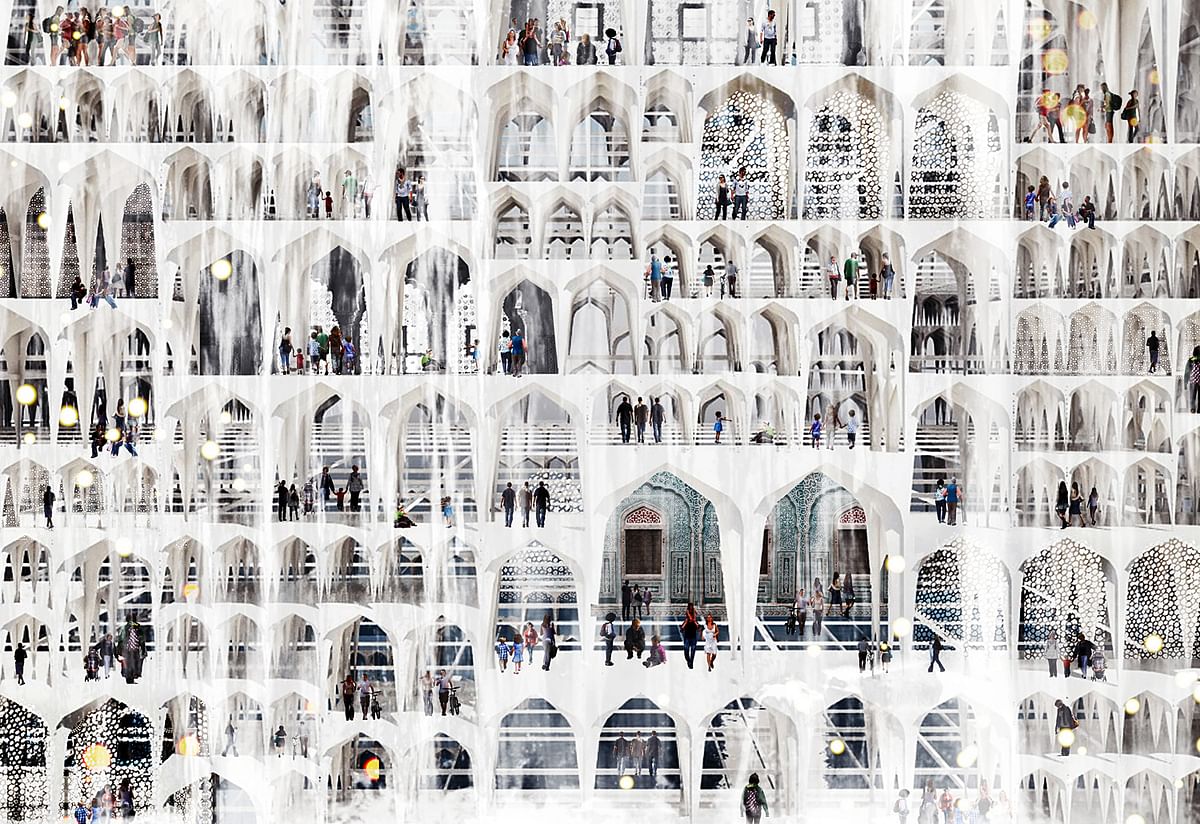
Related
Sometimes referred to as the "City of Dreams" by aspiring actors and film directors, Mumbai has long been a cultural and economic epicenter for India, including being the historic hotspot for Bollywood. If the elements of a Film City like Mumbai were to be condensed into a landmark tower, what would it look like and how would it be used? These are some of the questions that the participants in archasm's Film City Tower: Bollywood reimagined competition had to take into account. As an exploration of the vertical tower typology, the international competition sought the most forward-thinking design concepts that cleverly integrated and optimized the elements of a Film City. Proposals had to incorporate cultural elements of the Film City as well as alternative energy methods, responsive and adaptive design techniques, and innovative programming.
Out of 283 registered participants and a diverse range of proposals from around the world, the jury selected three prize winners as well as honorable mentions.
Have a look at the winning entries below.
1st place: Jagoda Nowakowska, Magdalena Skop, Monika Woźniak | POLAND
RELATED COMPETITION FILM CITY TOWER : Bollywood reimagined

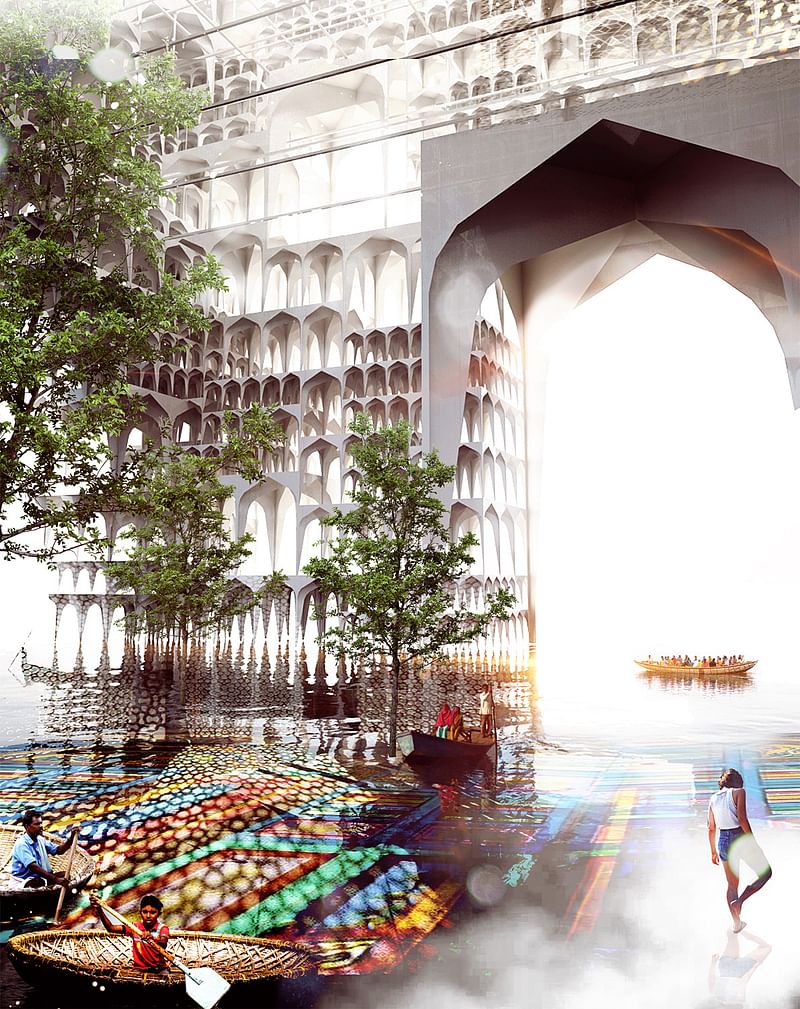
Project description: "The idea behind the project is to transfer the FILMMAKING PROCESS at the building. The whole process is exposed in a THEATRICAL way, viewers don’t have to enter the tower to discover the inside. They may observe it from the AUDIENCE. The new WORLD OF FILM is being created, presenting TRUE SPECTACLE, surrounded by CURTAIN OF WATER. Building behaves as WATER itself, during the day it remains GASEOUS state, it becomes more blurry, and after dark transforms to SOLID state, which is more transparent, so we can spot the columns more precise.
The building is entirely connected with NATURE. It arise from the WATER. The energy is provided from area recourses. MOVING WATER is used to produce ELECTRICITY, and during the hot days it is a COOL-DOWN for a city. It is renewable - rainfall renews the water in the reservoir, so the fuel is almost always there. The functional program is divided into parts that symbolizes the process of creating. We start from the bottom, evolving the higher we go, we reach the peak which is the final effect we get to know at the end."
2nd place: Advait Potnis, Jinish Gadhiya, Vatsal Upadhyay | INDIA

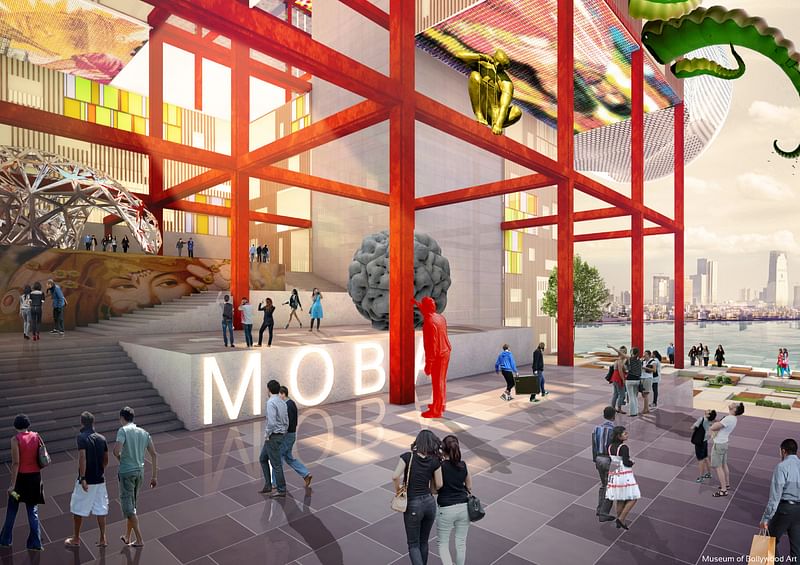
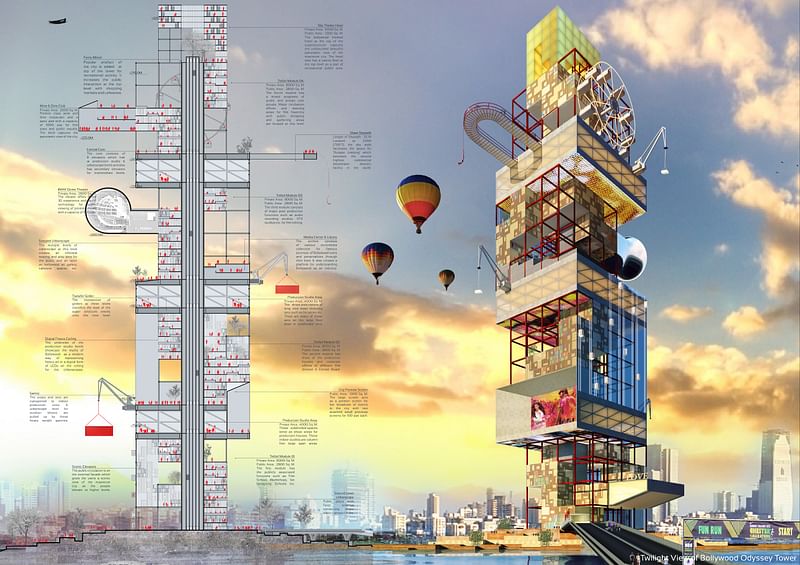
Project description: "The idea of form is as important to ‘Cinema’ as is to ‘Architecture’ & therefore by questioning it, the project tries to establish a metaphoric link between the two. ‘Bollywood Odyssey’ subverts the idea of pure form in architecture in order to question the essentialization of Indian Cinema as ‘Bollywood’.
The idea of exemplary form is subverted by bottom up design method which starts with a trefoil organization diagram. The trefoil module (48MX48M) works as an open loop which allows both the private &public programs to co-exist seamlessly. The module revolves to grow incrementally around a central core which opens up to the panoramic view of the maximum city. The central core with its 12 elevators & couple of staircases takes care of the private movement & the scenic elevators on the periphery make it easily accessible to the public. Large span column free volumes (60MX60M) which function as production studios are inserted between two modules, which invariably create a ground like condition (urbanscapes) in the sky above the studio levels. This resultant organization thus creates a public domain at every level in comparison to a typical high-rise with public space only at ground level.
The organization transforms into an ‘A–Formal’ architecture when it fuses with varied programmatic components like film institute, film archives, media centers, corporate production offices, IMAX Dome theatre, preview theaters etc.The ferry terminal at ground level, easily accessible urbanscapes, the city premier screen, popular artefacts like ferris wheel & glass skywalk helps to subvert the idea of Bollywood from something exclusive to an art form rooted in ‘syncretic Indian culture’. The tower thus offers a pluralistic cultural experience & space where the cinema would intersect everyday life to create fiction by blending elements of reality & fantasy."
3rd place: Hooman Alinejad | USA
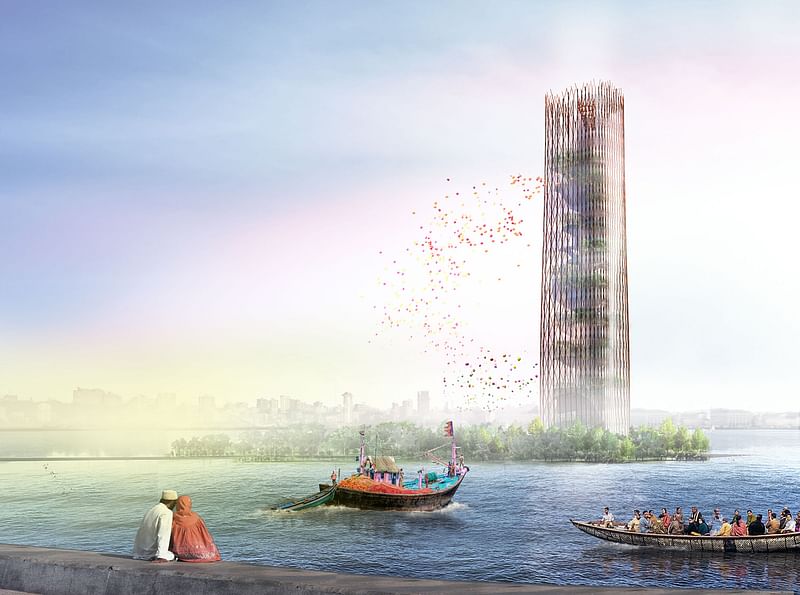

RELATED NEWS Send your ideas now for the "Paris Pavilion: The Art of Peace" competition

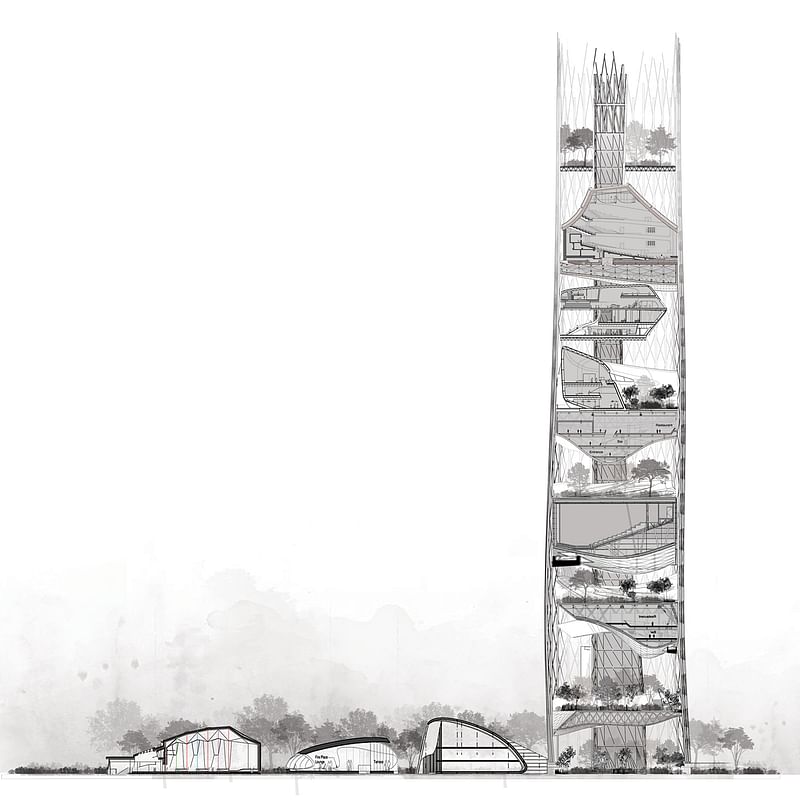
Project description: "The ECO-CINEMA is design is based on several facts. Cultural, ecological, social facts that have been brought into consideration.
The main approach of the design was to create an environment that can be added to the city of Mumbai, holding its characteristics which can be used by the public in order to strength the connection between people and Bollywood. In addition the island is designed as an eco-park which includes a public green zone, an urban jungle and public cultural facilities such as galleries and performing art centers among the trees. The eco-park runs trough the tower to the highest level which is the observatory. In addition, allocating a part of the facility to professionals and ones who are involved in the movie industry. Providing conference rooms, research and education facilities and a room specialized for FilmFare awards auditorium. Moreover between the professional section (higher levels) and the public areas (the island lower level and) there is the Bollywood museum which illustrates the heritage and the achievements of Bollywood.
The ECO-Cinema Tower holds the bold characteristics of historic Indian architecture such as, proportion, space hierarchy, the use of natural light, connection with the natural surrounding environment and the existence of opened, semi closedand closed spaces.
The tower illustrates the local industry which runs among Indians, weaving. Indians have been weaving baskets, mats and etc with natural materials for hundreds of years.
In the middle of the building, there is a vertical double-skinned core. The inner skin consist of the vertical access for the levels. The outer skin is a gigantic drainpipe which conducts the rain water from the top of the tower to the gardens located in the levels."
The jury included:
- Cyruss Patel - Partner, Collective Project, Bangalore
- Amit Gupta - Partner, Studio Symbiosis, New Delhi
- Britta Knobel Gupta - Partner, Studio Symbiosis, New Delhi
- Rafael Gonzalez del Castillo Sancho - Director, DTF Magazine, Spain
All images courtesy of archasm.
Find more images of the winning proposals in the gallery below. For the Honorable Mentions, click here.

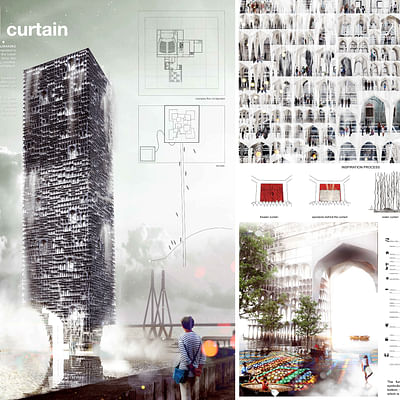
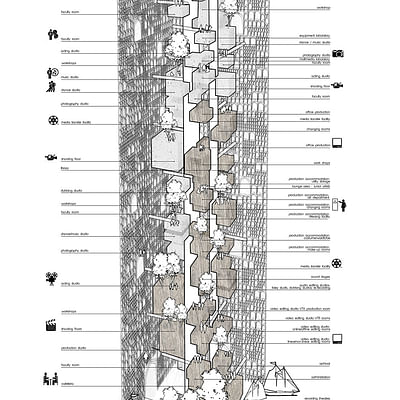

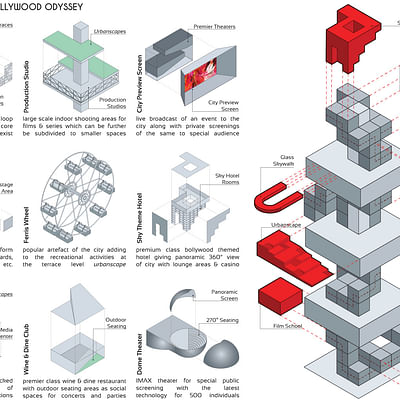
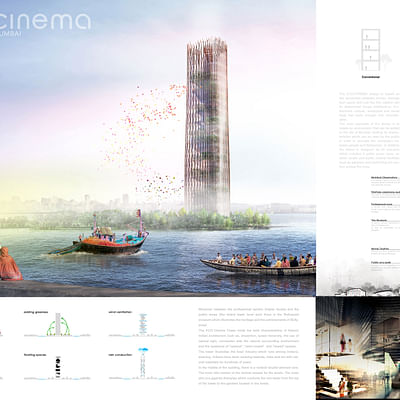
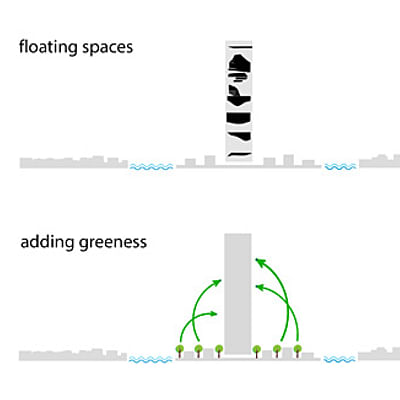

Share
0 Comments
Comment as :